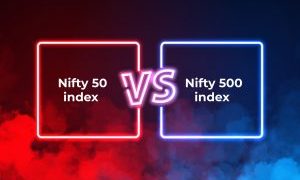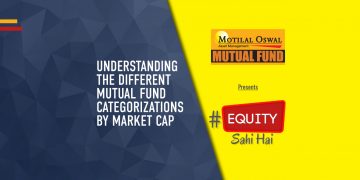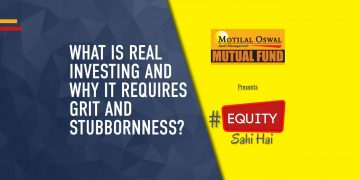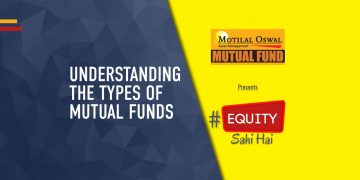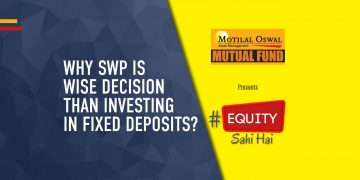Do you know what drives the market returns? Ever wondered, what characteristics explain market the behaviour? Can you have an equity strategy based on a pre decided set of rules? Well, the answer to all these questions is Yes you can. But before that Let us introduce you to the World of FACTORS. But what exactly are FACTORS? Let us take an example of Football. A sport that broadcasts across the globe, boasting the largest viewership of any sport, surpassing even the Olympics. Ever thought what makes football so popular? The answer might lie in the following factors.
1) Football does not have complicated rules, making it easier to watch for the viewers.
2) It is inexpensive and it does not require too much sports gear to play it.
3) It has been around for a long time, since mid-19th century.
4) It has strong leagues around the world that fuels the passion for belonging to the sport.
While these could be some of the reasons why this sport is such a hit with fans from every part of the world, these reasons could also be termed as ‘Factors’ that drive the sport’s popularity . Similarly, returns across stock market asset classes are also driven by scientific factors that are measureable and are carefully tracked by investors and strategists to help enhance portfolio outcomes. Factor Investing is rule based selection of stocks based on well defined, unambiguous descriptors to capture factors. Simply we put, factor based investing is a strategy that relies heavily on rules to arrive at calculated outcomes; rule-based investing in other words. Globally; factor investing is projected to grow to $3.4 trillion by 2022. Historically, institutional investors, active fund managers and HNIs were the only ones using factors to manage portfolios. However, recent advancements in data and technology have made it possible for all investors to invest in Factor based strategies in a cost-efficient manner through the medium of ETFs and Index funds. Some of the popular factors which is used are
1) The Momentum Factor which can be evaluated based on 6 and 12 month returns of stocks.
2) The Quality Factor which can be evaluated based on Debt to Equity Ratio, Return on Equity and Return On Assets.
3) The Low Volatility Factor which can be evaluated based on Beta and Low Standard Deviation from the mean.
4) The Value Factor which can be evaluated based on Price to Book, Price to Earnings and Dividend Yield.
There are Index Funds and ETFs based on each of these factors. Using these; you can create an equity strategy that is based on rules that are unambiguous and disciplined. A strong factor to consider when you are investing. So, factor in factor based Index Funds in your portfolio to add some interesting flavors to your investments and enhance your returns with a more rule-based approach to your decision making process.
We hope that you have now become familiar with factors investing, as it is our constant endeavour at Motilal Oswal to educate & make an ‘investor’ a ‘sound investor’! Happy Investing!






